Armored Academy named after Malinovsky: a glorious past and oblivion in the present
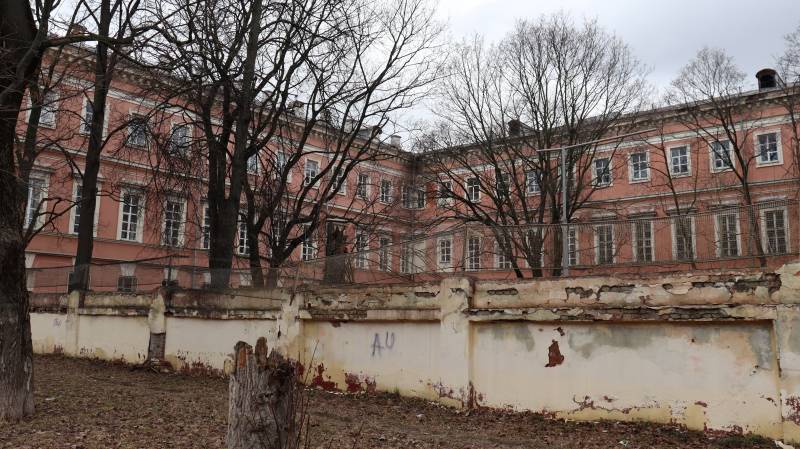
The Catherine Palace in Lefortovo is the former building of the Malinovsky Armored Academy. Spring 2023. Author's photo
people and tanks
In different sources, the year of foundation of the Academy of Armored Forces is fixed in different ways.
In a historical essay published in 1980, it is stated that the academy began its combat path in 1930 with a small faculty of mechanization and motorization at the Military Technical Academy of the Red Army named after Dzerzhinsky.
And even earlier - in 1929 - an experimental armored department was organized here at the graduation course of the artillery faculty.
To understand the realities of those years, we will give a few examples. Certified tank engineers of the Faculty of Mechanization and Motorization appeared in October 1930. Among them are Boris Vershinin, the future head of the Main Armored Directorate and the head of the Armored Academy, Mikhail Danchenko, the future Minister of Material Reserves of the USSR, and Ivan Tyagunov, the future head of the Automotive and Tractor Directorate. Moreover, Tyagunov, while still a student, acted as head of the faculty of mechanization and motorization.
Probably the most famous graduate of the faculty in 1932 was Joseph Kotin, the famous designer tanks and Deputy Minister of Defense Industry of the USSR.
The birth of the educational institution in question is associated with the order of the Revolutionary Military Council on the creation of the Military Academy of Mechanization and Motorization of the Red Army No. 039 dated May 13, 1932. The backbone of the academy was formed from the teachers of the above-described faculty of mechanization and motorization, but there were also alien specialists. The military-industrial and military-design departments of the Moscow Automobile and Tractor Institute joined the military university. If May 13, 1932 is considered the date of foundation of the academy, then the first scheduled classes began on October 1.
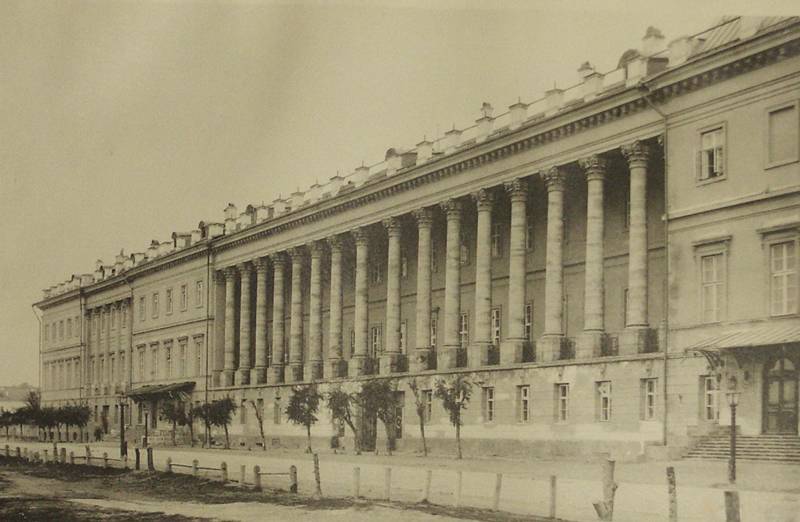
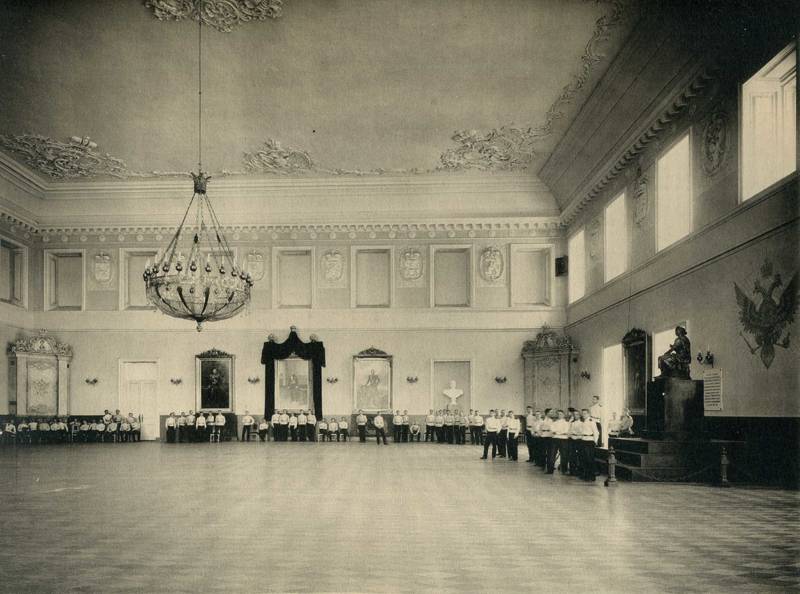
In the XNUMXth century, cadet corps were located in the Catherine Palace
The government made a luxurious gift to the military engineers from the tank troops - the Catherine Palace in Lefortovo.
Немного stories.
In 1773, the Empress ordered the construction of a palace, which was later named Catherine's Palace. The building was first built by the architect Yakovlev, then Antonio Rinaldi was sent from the capital, who created the look of the future masterpiece. From 1778, Carl Blank became the chief architect, and the interior decoration was carried out by Giacomo Quarenghi. The palace was brought to mind only in 1796, when the empress died.
Paul I turned the Catherine Palace into the barracks of the Moscow garrison, and from that moment on, the history of the building is inextricably linked to the army. In 1812, the French heavily destroyed the building, and a couple of years later it was almost transferred to the Moscow University.
Count Arakcheev defended the palace, after which the building became the place of deployment of the Smolensk First Cadet Corps. In 1849, the Second Cadet Corps was also transferred here. The expansion required additional space to be added - this is how the northern part of the complex appeared. The architect Ton, the author of the design of the Grand Kremlin Palace, participated in the design and construction of the extension.
After the revolution, the former Catherine Palace housed the military schools of the Red Army: the Military Chemistry School, the Vladimir Infantry Courses and the Shot Higher Rifle School. The building has a length of about 200 meters, a width of about 140 meters, and a volume of 388 thousand cubic meters. meters. As historians of the academy write:
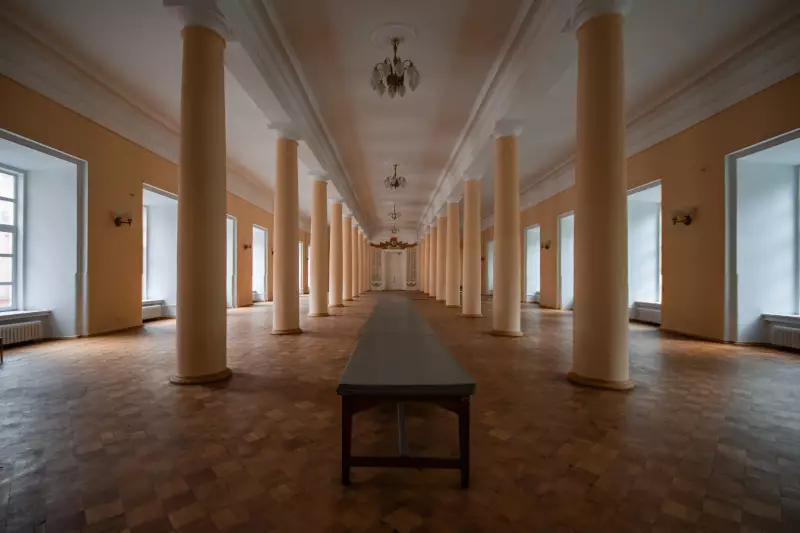
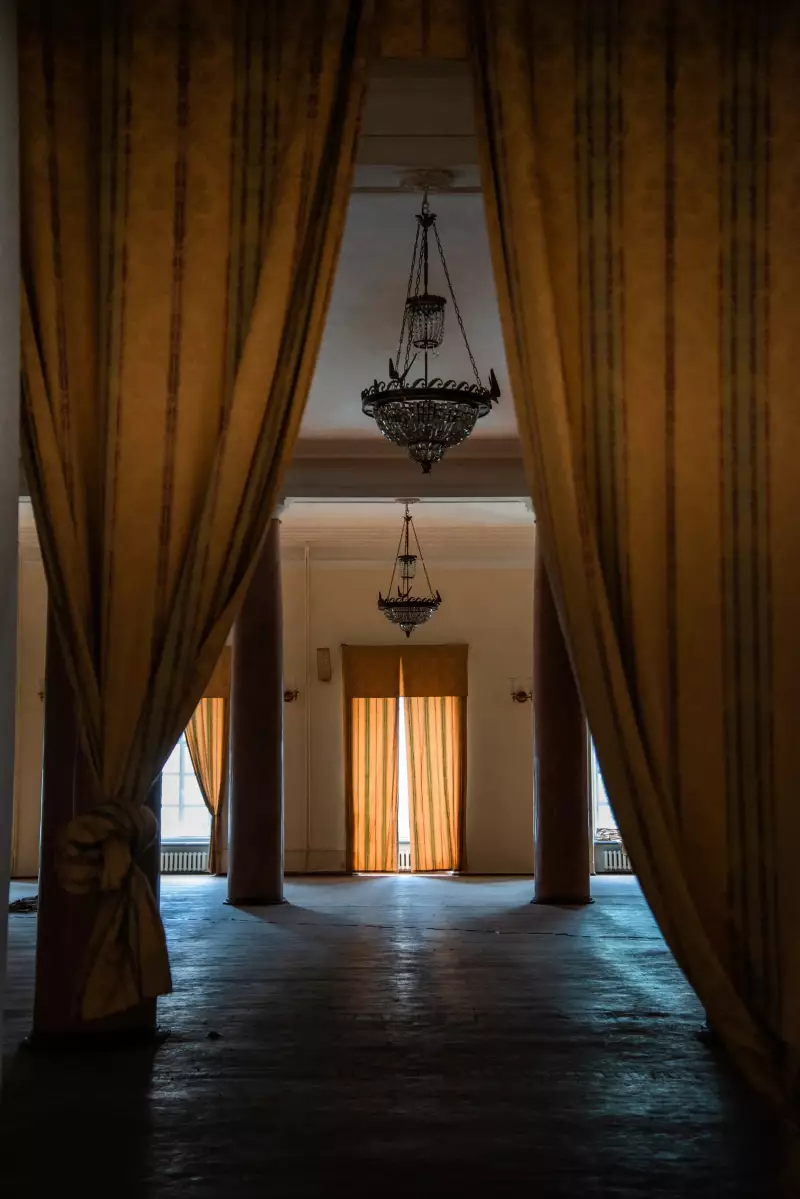
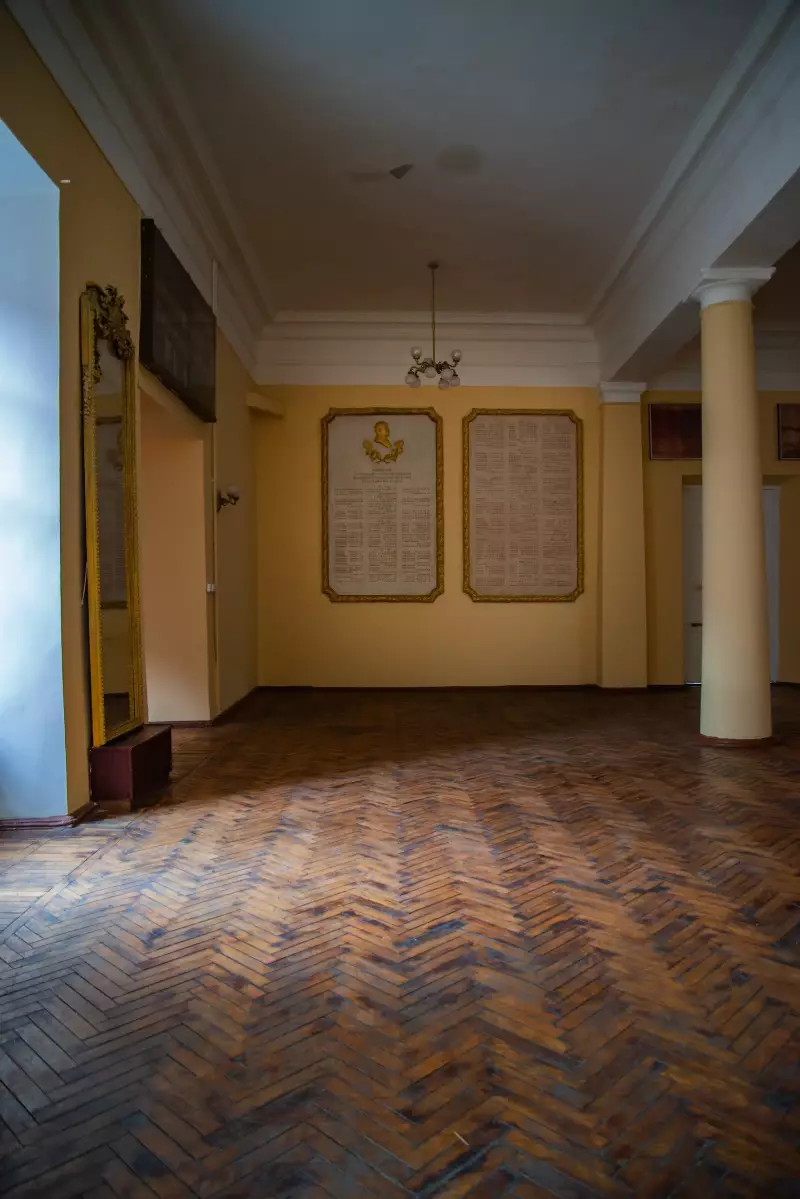
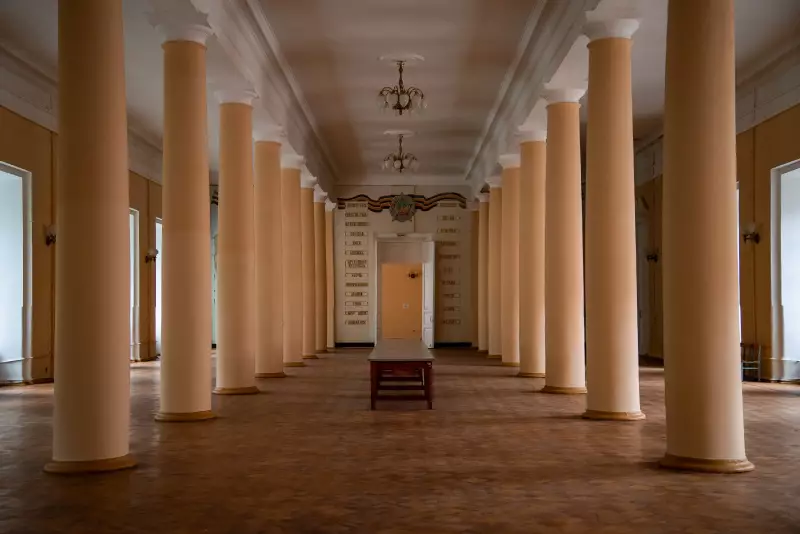
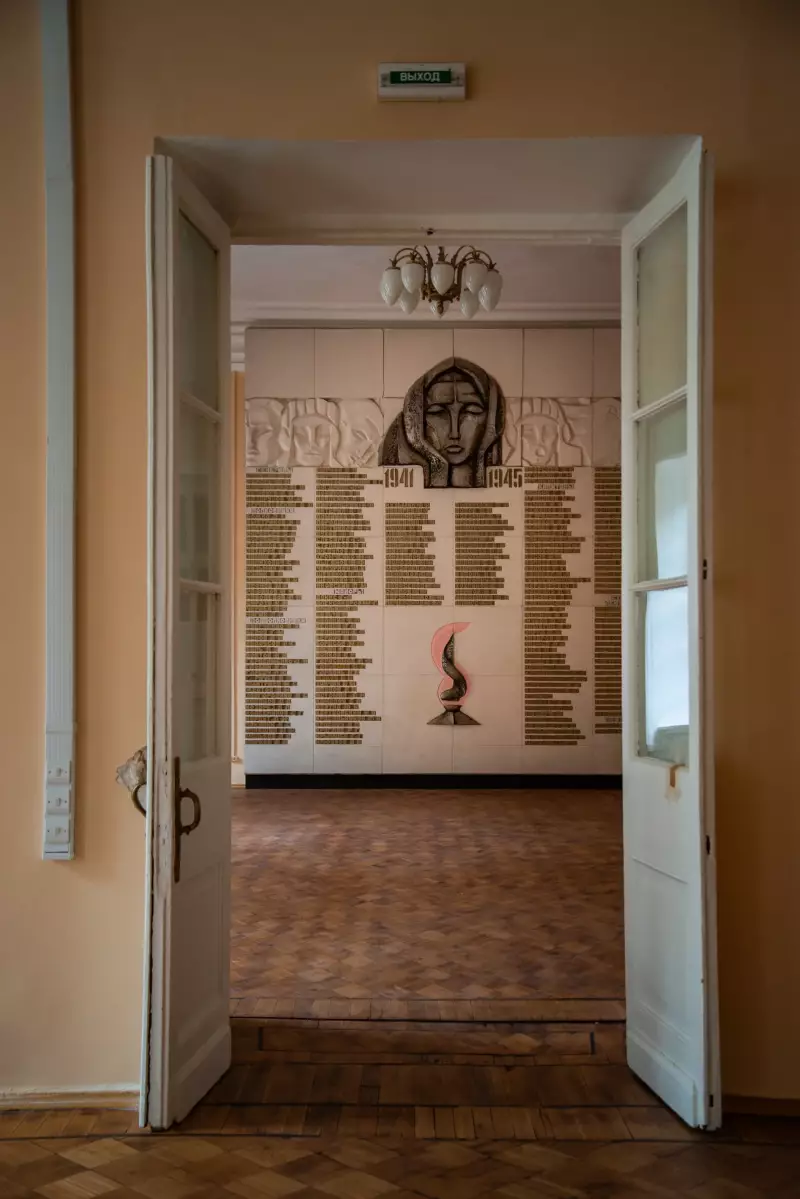
The premises of the Catherine Palace in 2020. Source: dzen.ru/a/YA7h343-ezstUtJd
From the very beginning, the Armored Academy was not only to train the command and engineering staff of the tank troops, but to graduate certified engineers in the design and production of mechanization and motorization. With every right, the academy can be considered a major engineering center of the country's military-industrial complex.
Looking ahead, we point out that in 1998 this center was not needed - formally, the academy was included in the Military Educational and Scientific Center of the Ground Forces "Combined Arms Order of Zhukov of the Academy of the Armed Forces of the Russian Federation." According to open information, in the new educational institution, tank topics are actually dissolved among other areas.
But this is now, and at the beginning of the 30s of the 30th century, the academy is the leading one in the country in terms of the technical profile of training. From the very start, four faculties were created - command, operational, design and industrial. In the future, there was a search work - the faculties were repeatedly renamed, merged and separated. In particular, in the second half of the XNUMXs, an automotive and tractor faculty appeared, which made it possible to separate the profiles of training mechanical engineers of armored and automotive specialties.
With the development of domestic tank building, the specialties of the academy narrowed accordingly - in 1938, a faculty appeared to train specialists in the use, storage and transportation of fuels and lubricants.
If we touch on the issue of the material base, which is critical for military universities, then it reached a sufficient level at the academy only by 1940. High-class laboratories appeared - tanks, operation of combat vehicles, engines, restoration, electrical equipment and others. By 1936, there was a tank track, a training ground, tracks for driving armored cars and trucks.
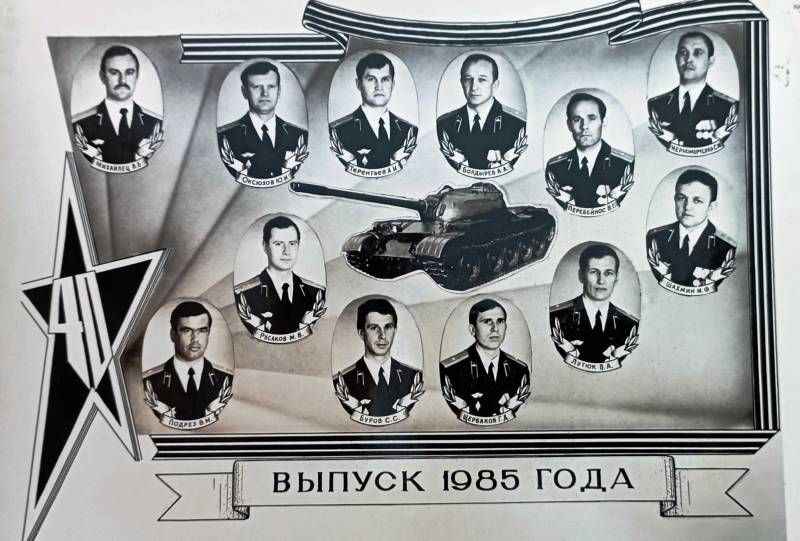
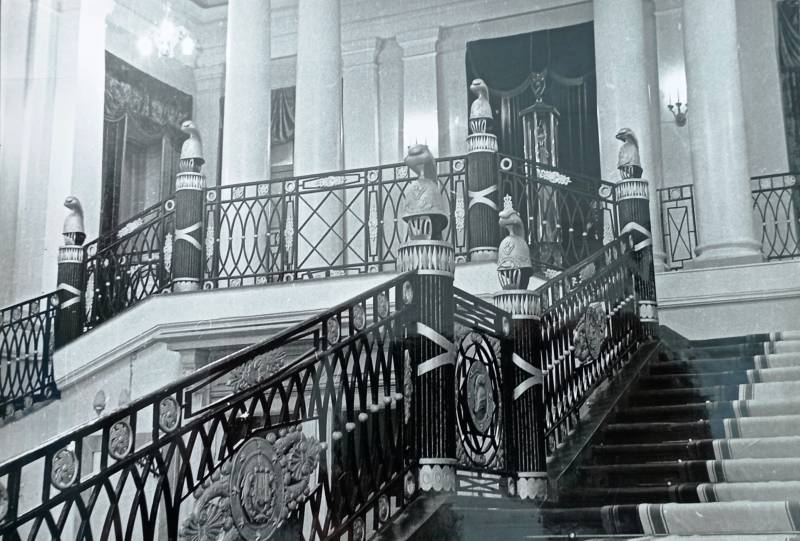
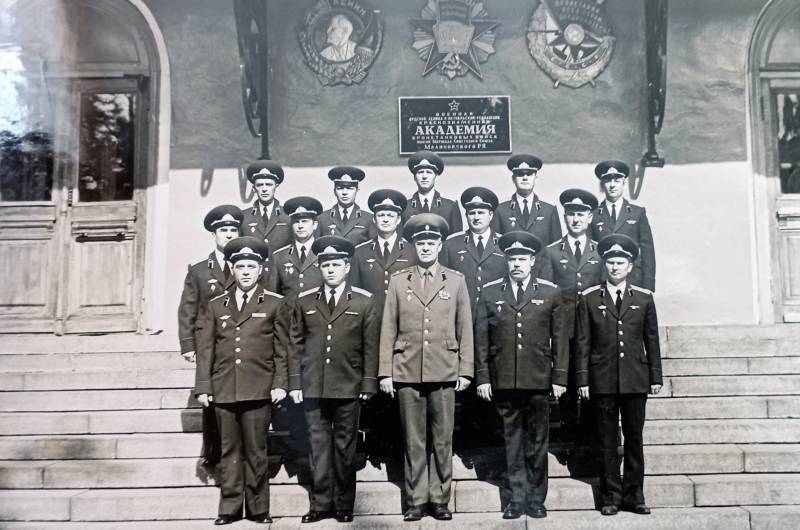
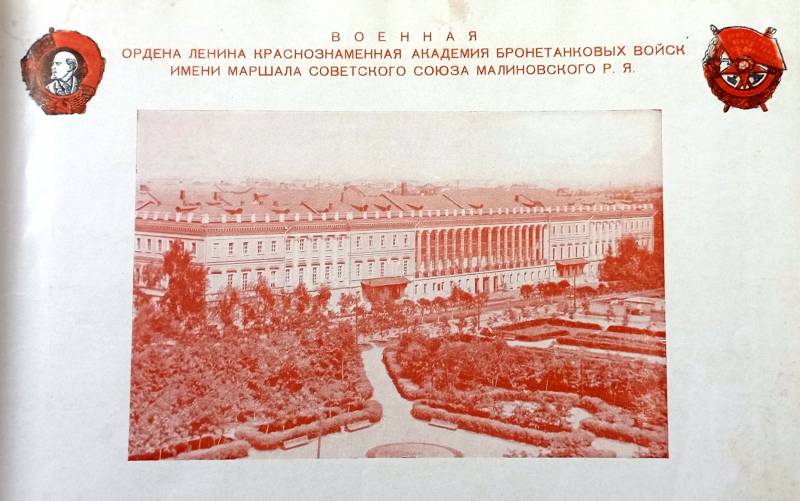
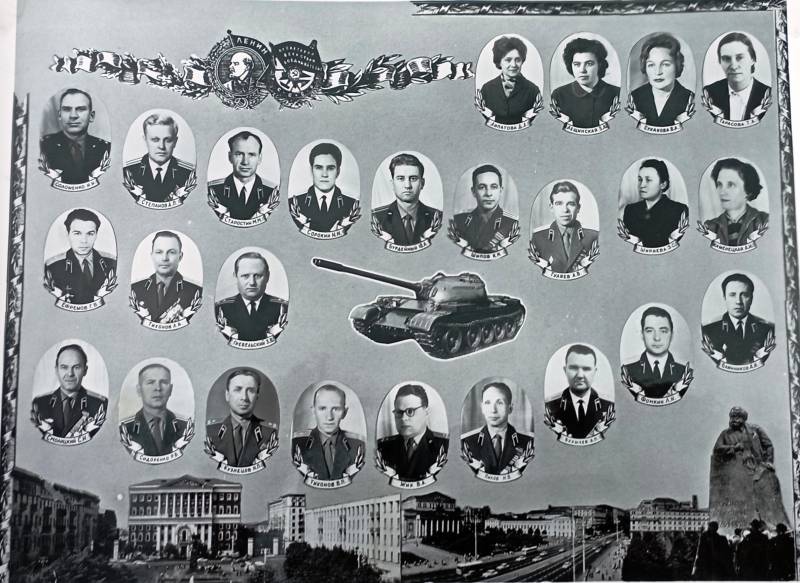
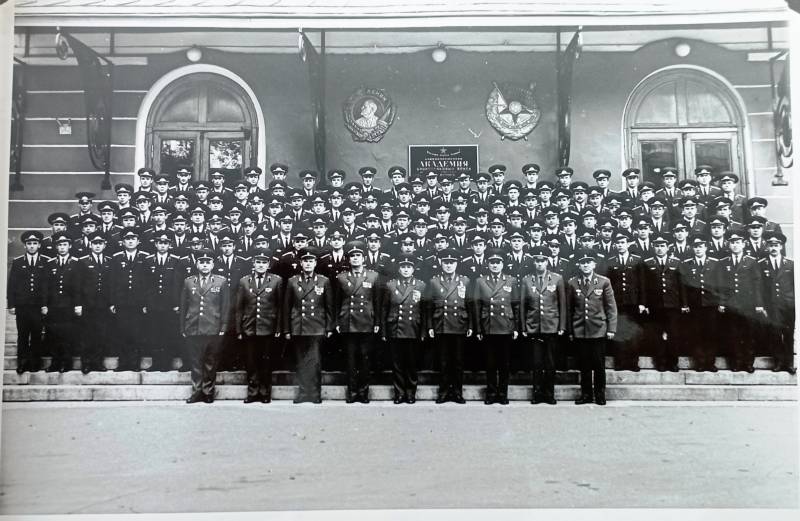
Photo from the archive of the author
Science and design work have always been among the priorities of the Armored Academy. Civilian universities have never been able to combine teaching, engineering and research activities as effectively as military academies.
Several developments that came out of the walls of the Armored Academy.
Alexander Blagonravov, an employee of the Department of Tanks, in the 30s was developing a planetary mechanism for turning a tank. The mechanism was almost implemented on the T-34 chassis - a prototype tank was to be built in the summer of 1941.
At the academy, Joseph Kotin worked on the airborne assault of the T-37 - tanks were dropped into the water from heavy TB-3s. The famous designer in the 30s worked as the head of the design bureau of the research department of the academy. The country's only stand with running drums has become a test base for all models of wheeled combat vehicles.
Much attention was paid to the study of tank engines - at the end of the 30s, the T-26 and BT-7 engines were tested in the laboratories of the academy. And, of course, professors and associate professors of the university had a great influence on the development and production of the legendary B-2.
In the prewar years, a mobile repair and charging station was created at the Department of Electrical Equipment, as well as a gas-powered rectifier for charging tank batteries.
During the Great Patriotic War, the academy was evacuated near Tashkent to the Chirchik field camp. The Kharkov Tank School was transferred to the same place. The academy was returned to the capital quite quickly - by the fall of 1943, the educational institution resumed work at its original location.
During the difficult war years, the staff of the academy did not leave scientific and engineering work. Alexander Blagonravov, mentioned above, finalized the planetary transmission for a heavy tank, and engineer-colonel Mikhail Likhachev in November 1943 proposed the country's first tank gun stabilizer in a vertical plane. In the same year, the idea of sealing the T-34 tank to overcome water obstacles by towing along the bottom turned out to be interesting.
Subsequently, engineer-colonel Dmitry Kustodiev designed prototypes of equipment for underwater driving of tanks. The development was first tested in a special pool at the academy, and then in front-line conditions. The Department of Armored Vehicles tried to solve the serious problem of the patency of domestic wheeled vehicles.
By the way, this issue was finally closed only after the war. An excerpt from the historical chronicle of the Armored Academy:
In 1951, this technique was awarded the State Prize of the USSR.
In the post-war period, work was underway at the academy to speed up and improve the operation of the V-2 diesel engine, and the concept of short-stroke diesel engines was also substantiated.
The academy researched a method for quickly starting a cold engine without preheating. To do this, the oil was previously liquefied with fuel. Later, the engineers of the academy developed a steam-dynamic heater, which made it possible to reduce the time to start a tank in cold weather by a factor of 2–3.
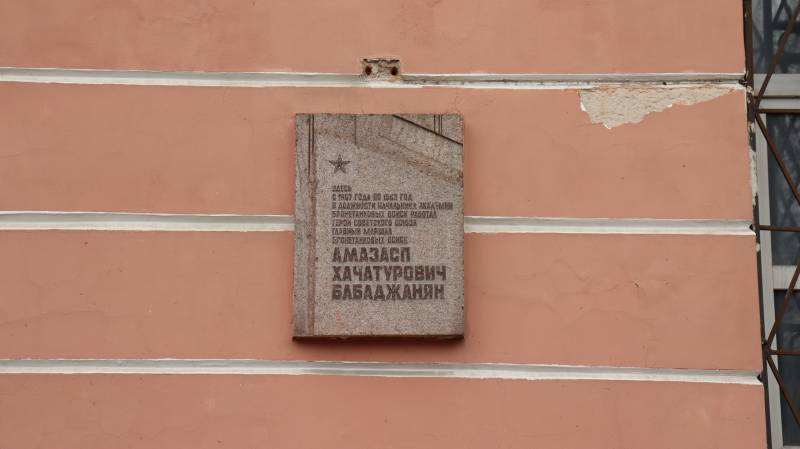
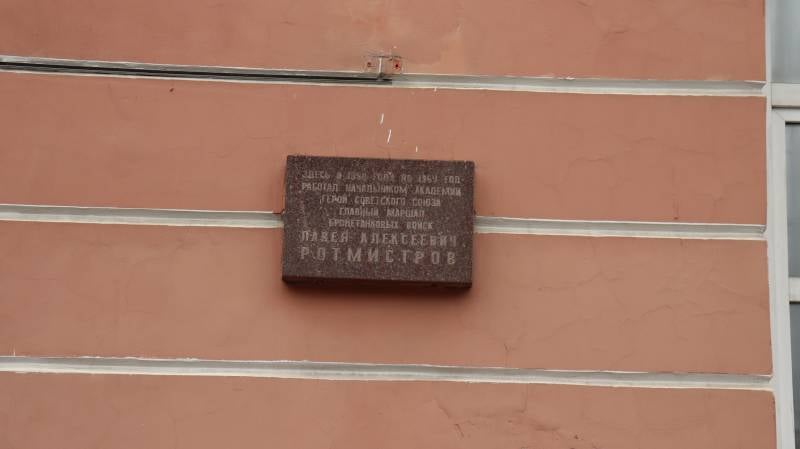
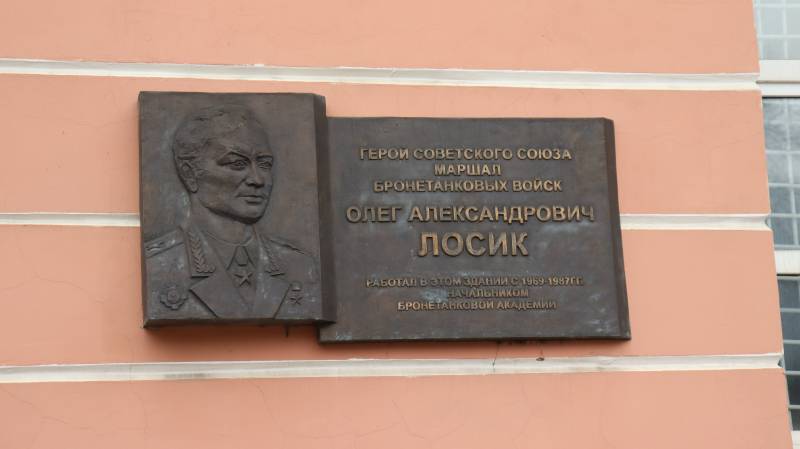
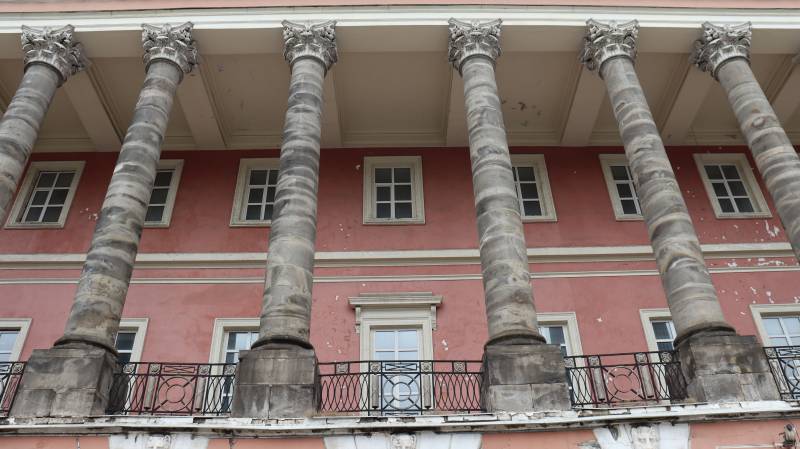
The Catherine Palace in Lefortovo is the former building of the Malinovsky Armored Academy. Spring 2023. Author's photo
Since the 50s, the true flowering of the Academy of Armored Forces began - a lot of front-line soldiers appeared among the teachers, and a powerful material base allowed students and teachers to conduct large-scale research.
They worked on a wide range of products - from testing the first armored personnel carriers to new methods of metallizing parts using high-frequency currents. And this is without taking into account the ongoing research in the field of the theory of the combat use of tanks, the design of combat vehicles, operation and repair.
Protected by the state?
The key achievement of the Academy, of course, is considered to be graduates and employees who forever inscribed their names in the glorious history of the Fatherland.
Lieutenant colonel, candidate of military sciences Pavel Rotmistrov went to the front of the Soviet-Finnish war in 1940 from the post of assistant professor of tactics. In 1943, Rotmistrov led a tank army, and by February 1944 he had become one of the first marshals of the armored forces.
A graduate of the command department, Ivan Chernyakhovsky rose to the rank of army general, commander of the front.
Among the graduates of the faculty are four marshals of the Soviet Union, one chief marshal of artillery, four marshals of armored forces and 26 army generals.
Anatoly Kolesnikov, an engineering graduate, worked as Mikhail Koshkin's deputy and participated in the development of the T-34, T-44, and T-54. In the journal "Military Thought" the following lines are given:
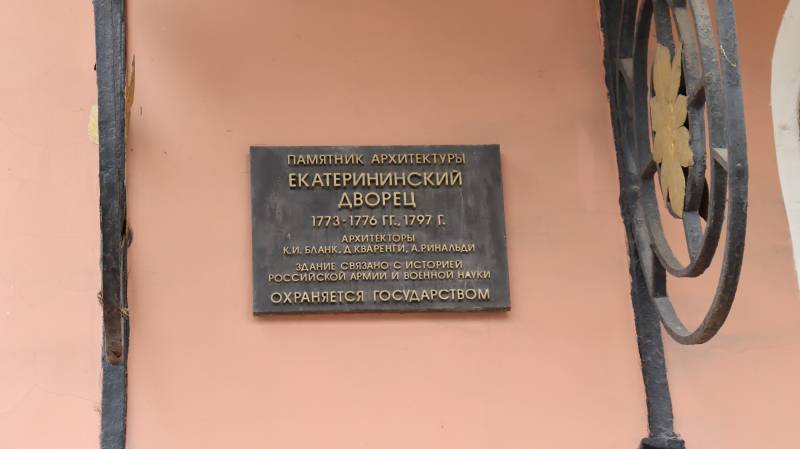
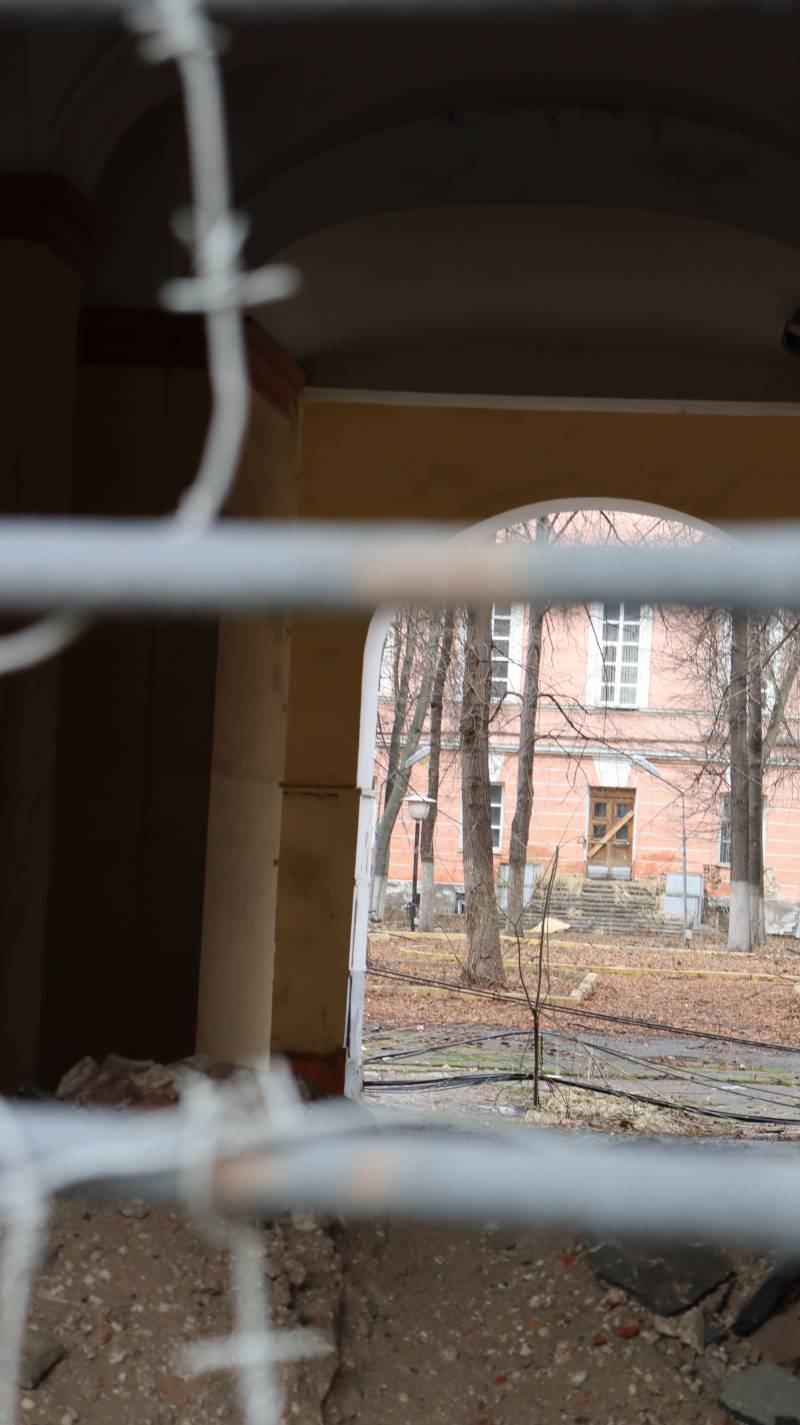
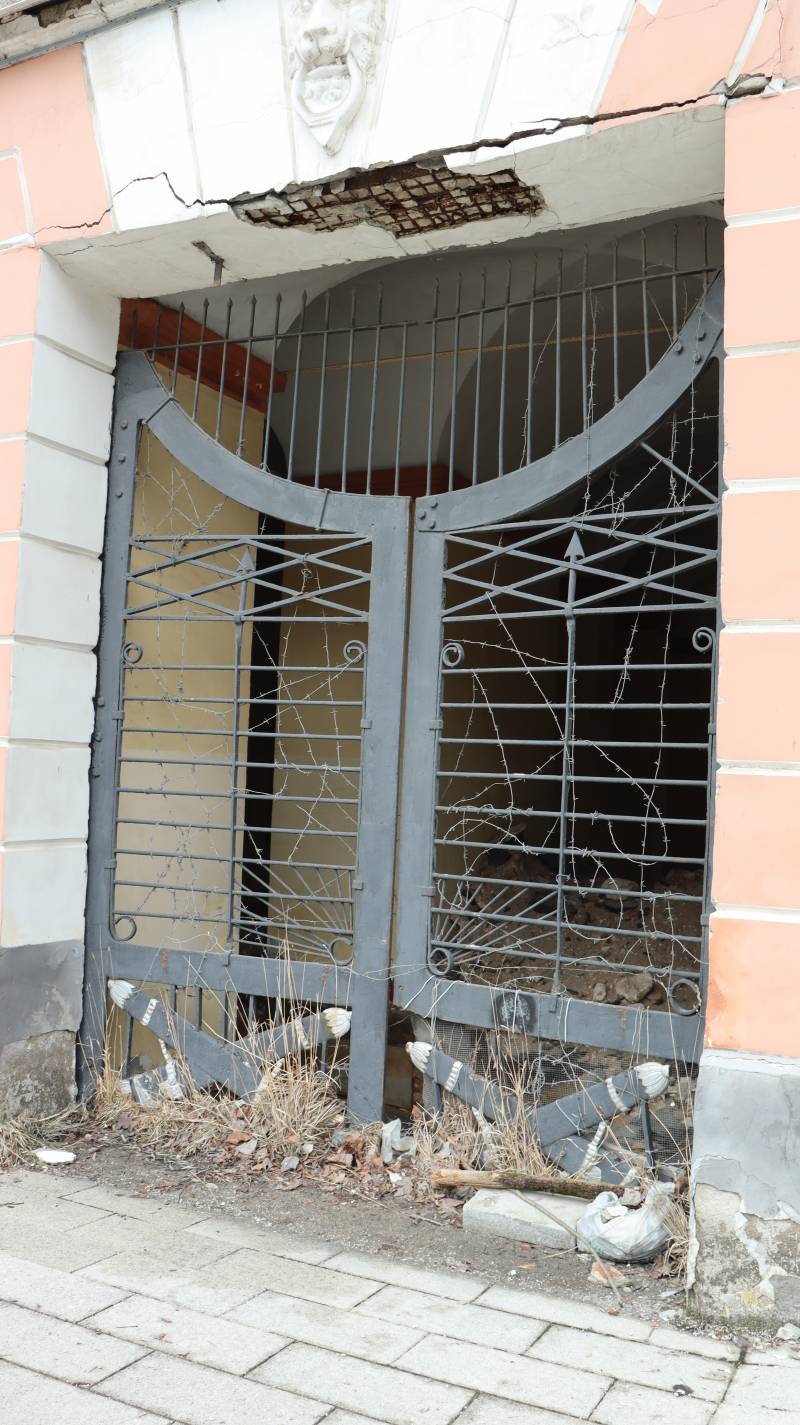
The Catherine Palace in Lefortovo is the former building of the Malinovsky Armored Academy. Spring 2023. Author's photo
Anatoly Kolesnikov, an engineering graduate, worked as Mikhail Koshkin's deputy and participated in the development of the T-34, T-44, and T-54. We can say that the faculty became the founder of the national school of tank building. Over the years, designers Leonid Kartsev, Valery Venediktov, Vladimir Potkin and Alexander Blagonravov became his pupils.
For general information, the current Commander-in-Chief of the Russian Ground Forces Oleg Salyukov, Chief of Staff of the Ground Forces Alexander Lapin and, finally, First Deputy Minister of Defense Valery Gerasimov graduated from the Armored Academy at different times.
The more surprising is the modern attitude to the building of the famous military university. The Catherine Palace in Lefortovo, which has survived many disasters over hundreds of years, is gradually decrepit. This can be clearly seen in the photos of spring 2023. The military university was transferred to the Combined Arms Academy in 1998 and, it seems, no one bothered about the state of the building. Moreover, the palace was taken from the military.
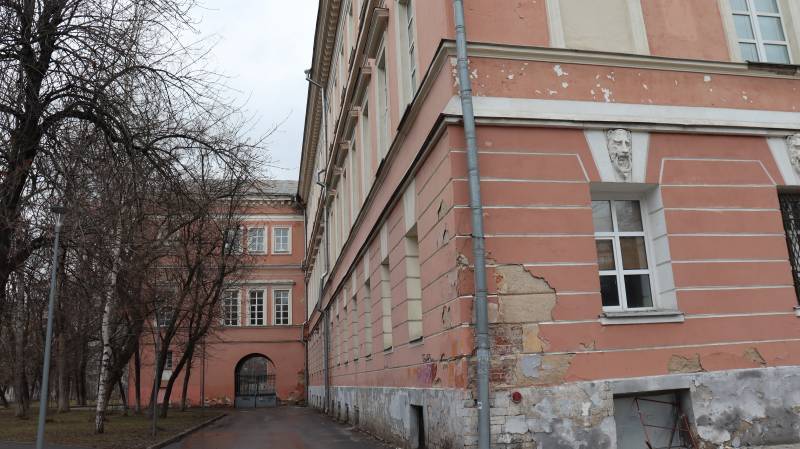
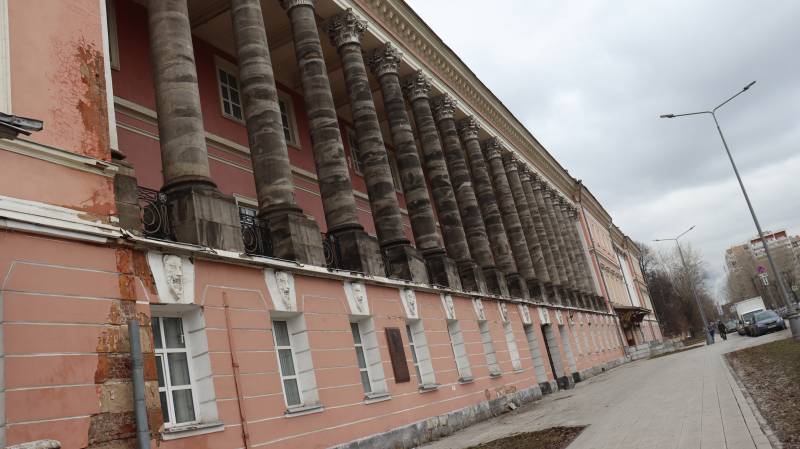
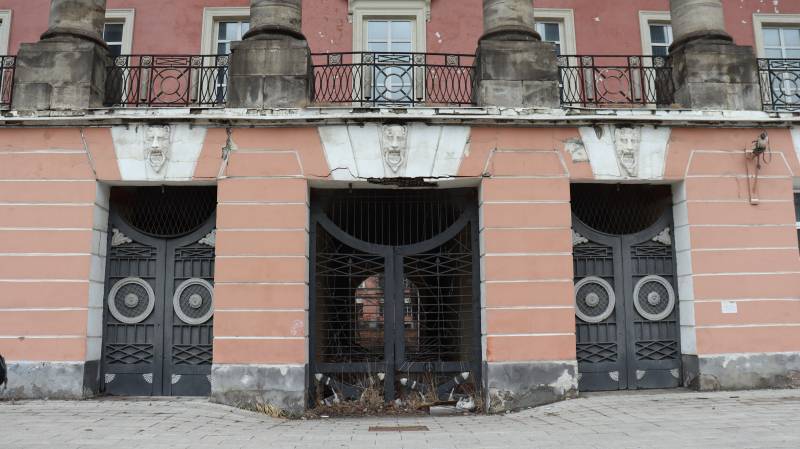
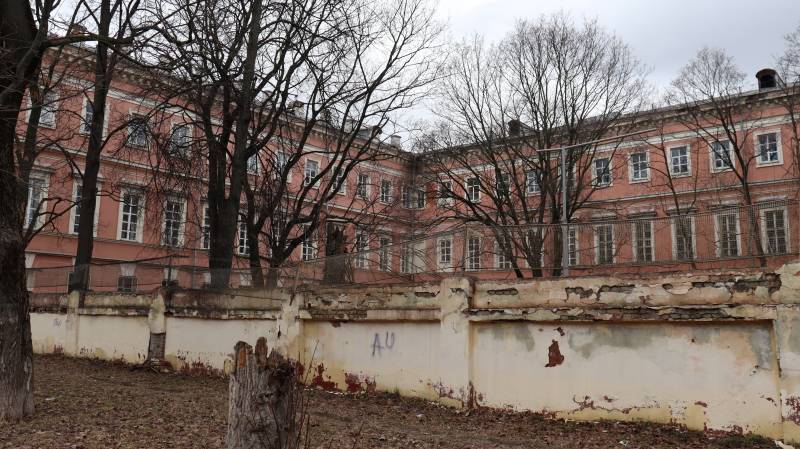
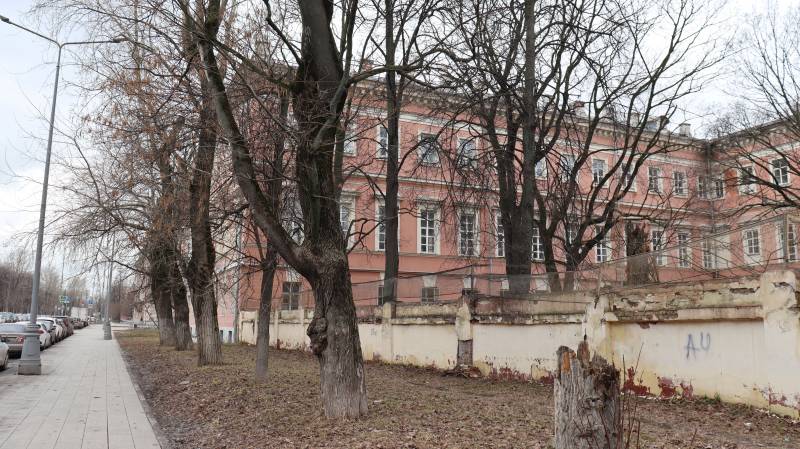
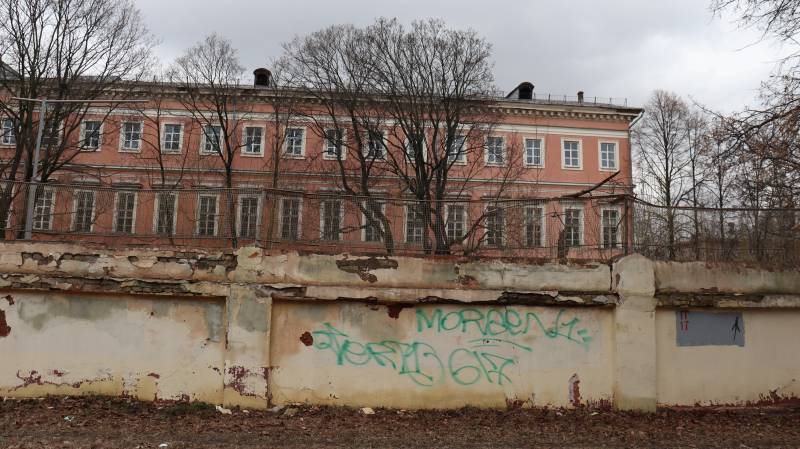
The Catherine Palace in Lefortovo is the former building of the Malinovsky Armored Academy. Spring 2023. Author's photo
A couple of questions arise.
First, how necessary are the newfangled Patriot parks and bombastic army games if the unique heritage of the country's military history falls into disrepair? Frankly speaking, the sight in Lefortovo is depressing. Especially for those familiar with the history of the Armored Academy.
The second question - maybe it is worth considering the expediency of restoring the academy in the former building? The tank troops, as we see from the example of the special operation, have not lost their relevance at all. The nature of work on the battlefield has only slightly changed. Given the expansion of the Russian army, tank troops will inevitably increase. The revival of the scientific, technical and pedagogical potential of the academy can become a symbolic event for all tankers. After all, we are far from 1998 in the yard.
PS
On November 22, 2022, the Catherine Palace was returned to the jurisdiction of the Russian Ministry of Defense, and the Department of Military Property will decide the fate of the unique architectural monument. Nothing is known about the decision so far - it is not clear whether it was actually taken. The building of the only surviving imperial estate in Moscow continues to deteriorate.
Information